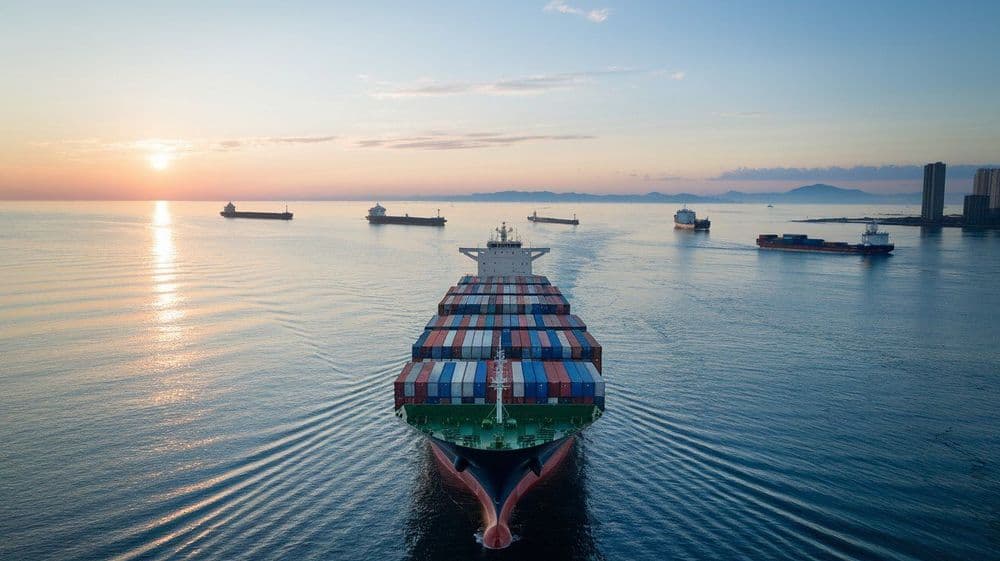
New Silk Road 2.0:
How China is Shaping the BRICS Group into a Global Economic Power
Geopolitics
New Silk Road 2.0: How China is Shaping the BRICS Group into a Global Economic Power
January 26, 2025 at 7:00:00 AM
Editorial Team

Sign up for the free BRICS.Investments Report
Stay up to date with the latest BRICS investment news and updates.
The New Silk Road (Belt and Road Initiative, BRI) is no longer just an infrastructure project – it is a strategic tool with which China is expanding its influence on the global economy. With the expansion of the BRICS group to include countries such as Saudi Arabia and the UAE, the initiative could reach a new dimension. Experts see this as an opportunity for economic cooperation, but also a challenge to Western dominance.
Background:
Since its founding in 2013, the New Silk Road has initiated over 1,000 projects in more than 140 countries. From railways in Africa to ports in Southeast Asia – the multibillion-dollar initiative aims to revitalize trade routes and promote economic development. But behind the facade of infrastructure projects lies a clear geopolitical agenda: China is solidifying its influence in emerging countries and creating an alternative economic order.
With the recent expansion of the BRICS group to include countries like Saudi Arabia, the UAE, and Egypt, the New Silk Road could enter a second phase. These countries bring not only economic weight but also strategic trade routes and resources into the alliance.
Current Development:
At the BRICS summit in Johannesburg in August 2023, the admission of new members was decided. At the same time, China and several new BRICS countries signed agreements to integrate their infrastructure projects into the New Silk Road. Experts see this as a targeted move to deepen economic cooperation and reduce the influence of the US dollar.
“The New Silk Road 2.0 is no longer a purely Chinese project,” says Dr. Elena Müller, an economist at the Institute for World Economy. “It is becoming a collective project of the BRICS countries, which could sustainably change the global economic order.”
Economic Impact:
The integration of the new BRICS members into the New Silk Road could trigger massive shifts in global trade flows. Countries like Saudi Arabia and the UAE bring not only oil and gas but also investment capital and strategic ports into the alliance. This could reduce dependence on the West and create new trade corridors.
At the same time, experts warn of risks: the high debt of many partner countries due to Chinese loans could lead to economic dependency. “The New Silk Road is a double-edged sword,” says Prof. Ahmed Khan, economist at the University of Dubai. “It offers opportunities, but also dangers for the economic sovereignty of the involved countries.”
Quotes and Voices:
“The BRICS expansion is a game-changer for the New Silk Road.” – Dr. Elena Müller, Institute for World Economy
“China is using the initiative to create a multipolar world order.” – Prof. Ahmed Khan, University of Dubai
“The New Silk Road 2.0 could challenge the US dollar as the global reserve currency.” – Mark Johnson, Financial Analyst
Conclusion:
The New Silk Road 2.0 marks a turning point in the global economy. With the expansion of the BRICS group and the integration of new members, the initiative could become a collective project that redefines the balance of power between East and West. Whether this leads to more stability or new conflicts remains to be seen. One thing is certain, though: the global economy is facing a profound transformation.



